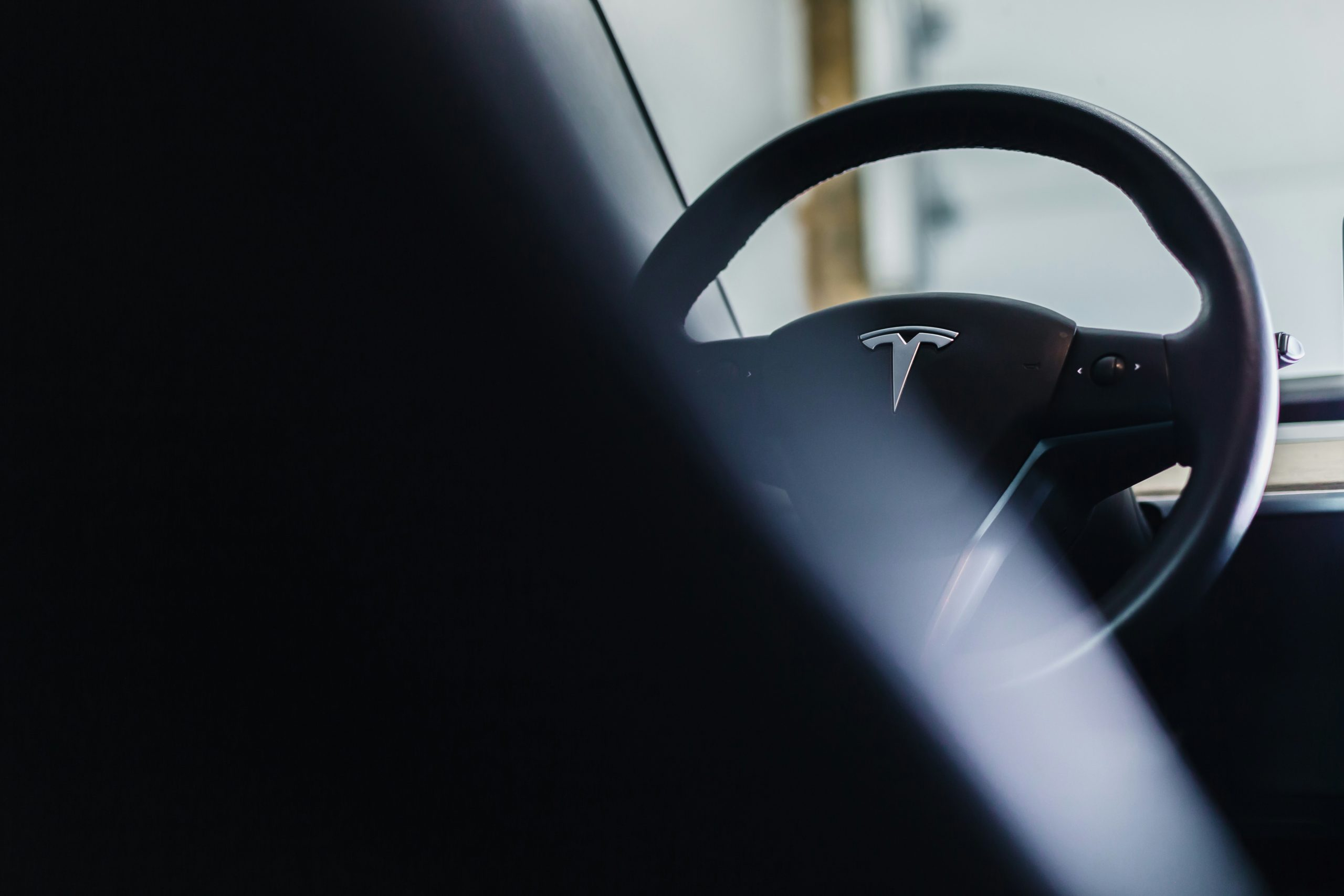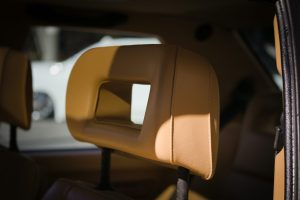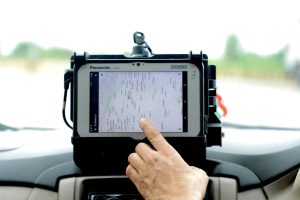The enduring power of a single car to tell a story
The sight of a car can evoke countless memories and emotions – from the thrill of a first road trip to the nostalgia of a long-lost family vehicle. But beyond its practical function, a car can also serve as a powerful storytelling device, capturing a moment in time and reflecting the values and culture of its era. In this article, we’ll explore the enduring power of a single car to tell a story, and how its impact has transcended from the roads to the big screen.
The Evolution of Cars in Culture
Cars have become a staple in modern society, with over 1.4 billion registered vehicles globally. While they have greatly influenced transportation and mobility, the significance of cars goes beyond their utility. Over the years, cars have become an integral part of culture, representing status, freedom, and identity.
From the iconic classic cars of the 1950s to the sleek and futuristic designs of today, cars have evolved alongside societal values and trends. In the 1960s, muscle cars emerged as a symbol of power and rebellion, while the 1980s saw the rise of compact, fuel-efficient vehicles in response to the energy crisis. The transformative power of cars is evident in the diverse range of designs and styles that have emerged throughout history.
The Allure of Classic Cars
One of the most powerful examples of a car as a storytelling device is the enduring popularity of classic cars. These timeless vehicles have stood the test of time and continue to captivate generations of car enthusiasts. The sleek and elegant designs of classic cars offer a glimpse into the past, evoking a sense of nostalgia and wonder.
Classic cars are also a tangible reminder of the values and attitudes of their era. The 1950s, with its emphasis on prosperity and consumerism, saw the rise of signature cars like the Chevrolet Bel Air and the Ford Thunderbird. These symbols of luxury and success are instantly recognizable and serve as a visual representation of the American Dream. In contrast, the 1960s saw a rejection of traditional values, with cars like the Volkswagen Beetle and the Ford Mustang representing counterculture and individualism.
Cars in Film and Television
Aside from their cultural significance, cars have also played a pivotal role in storytelling through film and television. From car chases to road trips, cars have become integral to the narrative of countless movies and TV shows. A standout example of this is the iconic DeLorean DMC-12 in the Back to the Future trilogy. Not only did the car serve as a time machine, but its futuristic design also embodied the hopeful and optimistic spirit of the 1980s. The popularity of the DeLorean is a testament to the enduring impact of a single car in storytelling.
In recent years, cars have also become synonymous with blockbuster action films like the Fast and Furious franchise. These high-octane films showcase an array of exotic cars and flashy stunts, further solidifying the car’s role as a powerful storytelling device.
The Future of Cars in Storytelling
As technology advances and the automotive industry continues to innovate, the future of cars as storytelling devices is boundless. From electric cars to autonomous vehicles, the possibilities are endless for the impact these vehicles can have on our culture and society.
With the rise of digital media, cars have also found a new platform for storytelling. From influencer-led car reviews to viral videos of car stunts, the online world has opened up new avenues for showcasing the power and allure of cars.
In Conclusion
The enduring power of a single car to tell a story is a testament to its impact on our culture and society. Whether in its physical form or through media, cars continue to captivate our imagination and evoke a range of emotions, making them an essential part of the human experience. In an ever-changing world, the car remains a constant, and its ability to tell a story will continue to fascinate and inspire generations to come.










